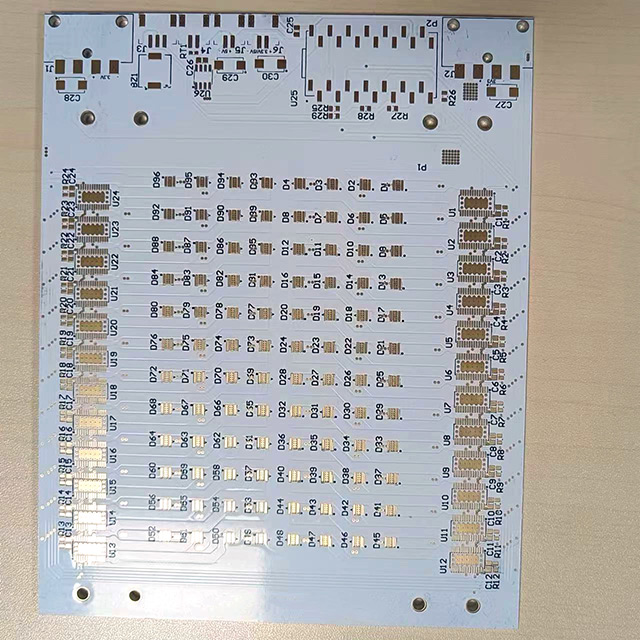Decreased charge time, surely! B2BC's used to be expensive but are perhaps better value now and the better charging performance worth the investment. I still tend to think in marine terms where an engine might run for 12 hours a day and there might be charging current available from somewhere - genset, aux or propulsion, for much of the daily load cycle. As such it's not so important to get charge into the service batteries quite as fast. In wiring terms the only real difference is that it will require more substantial negative connections than the low-current sensing wire of the relay. It will also probably require free airspace for cooling.
OT but does anyone remember Lucas 4BD split charge diodes in oilfilled cans like ignition coils? Found a few of those in my old service stock the other day dating from the mid 70s, including a pos-earth (common cathode) one. Only any good with a battery sensed regulator of course, and sure enough there were battery sensed 4TRs, 14TRs etc in the kit. And even a NOS 3AW warning light relay for the venerable 11AC. But I digress...
OT but does anyone remember Lucas 4BD split charge diodes in oilfilled cans like ignition coils? Found a few of those in my old service stock the other day dating from the mid 70s, including a pos-earth (common cathode) one. Only any good with a battery sensed regulator of course, and sure enough there were battery sensed 4TRs, 14TRs etc in the kit. And even a NOS 3AW warning light relay for the venerable 11AC. But I digress...


















